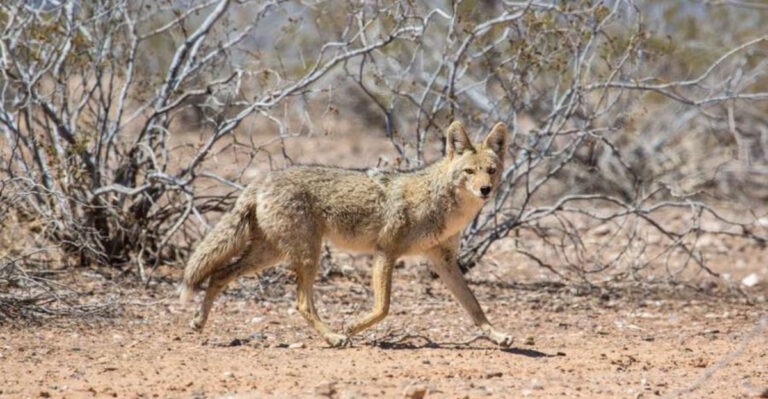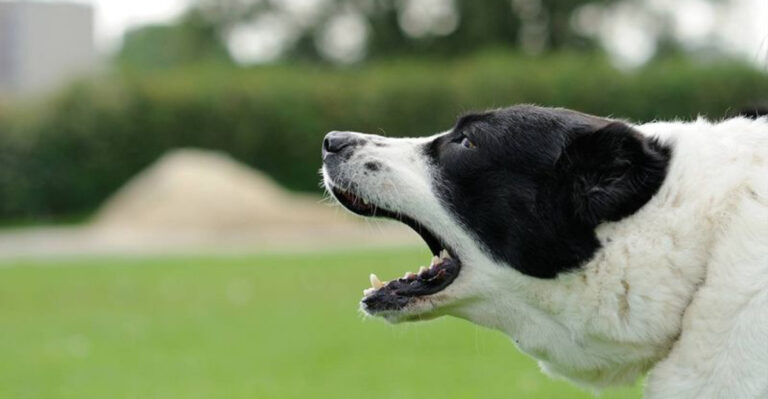12 Cat Breeds Gen Z Avoids (And Why You Should Think Twice When Adopting)
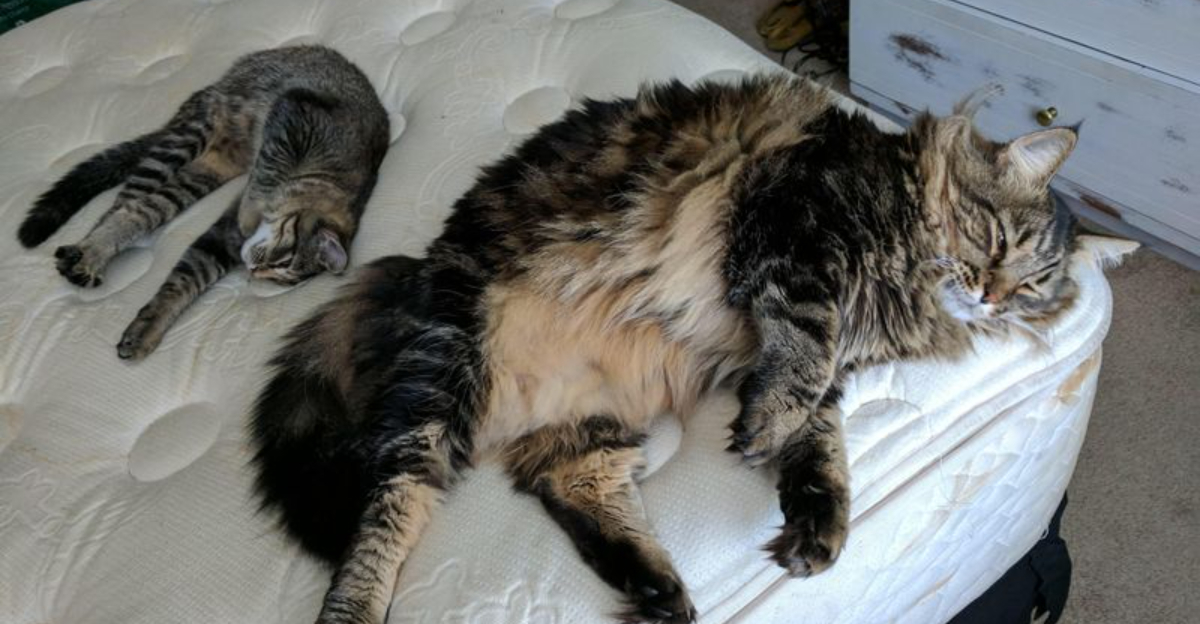
Cat adoption trends have shifted dramatically with younger generations. Gen Z pet owners often bypass certain cat breeds that don’t mesh with their busy lifestyles, environmental concerns, or living situations.
Some cats demand extra grooming, others need constant attention, and a few come with health complications that require special care.
Before bringing home a new feline friend, consider these breeds that might need more from you than you initially bargained for.
1. Persian Cat
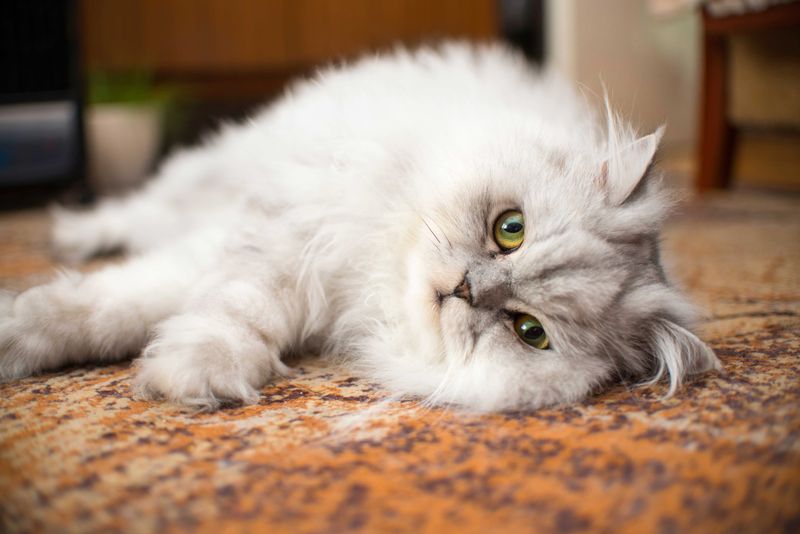
Those gorgeous flowing locks come with a daily price tag: constant brushing to prevent painful mats. Persians need facial cleaning to prevent tear stains and skin infections.
Their flat faces can lead to breathing difficulties and eye problems, requiring regular vet visits. For Gen Z’s on-the-go lifestyle, this glamorous breed might feel like a full-time job.
2. Sphynx
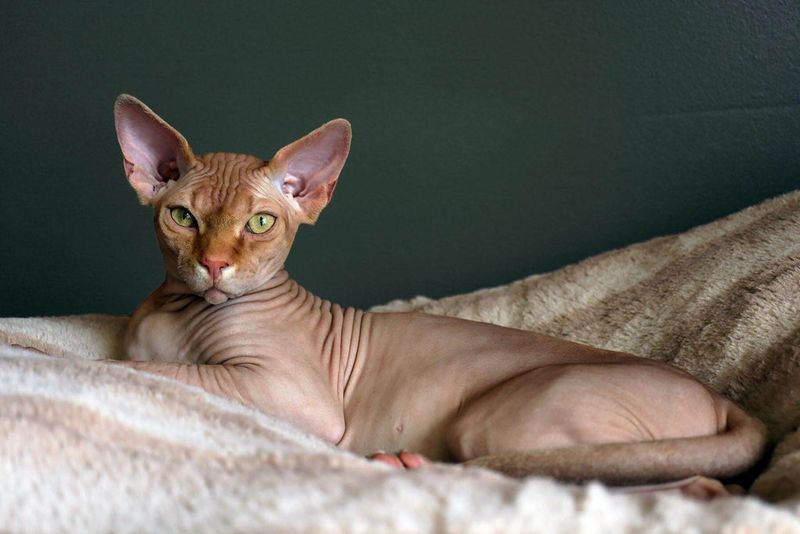
Imagine bathing your cat weekly and wiping their skin daily! Sphynx cats lack the protective fur coat that normal cats have, making them surprisingly high-maintenance.
They’re also heat-seekers who’ll constantly burrow under your clothes for warmth. Their excessive energy and clingy nature means they’re practically velcroed to you all day long.
3. Scottish Fold
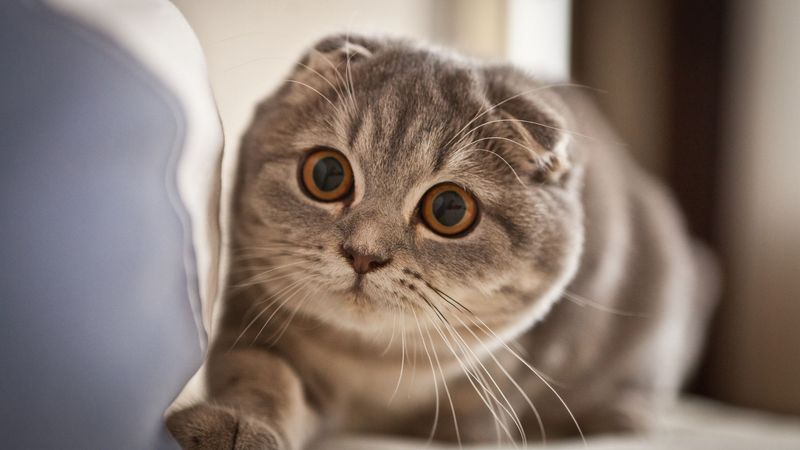
Those adorable folded ears come from a cartilage mutation that can cause serious joint problems. Many Scottish Folds develop painful arthritis early in life.
Ethical breeders avoid mating fold-to-fold, but backyard breeders often don’t. Their skyrocketing popularity on social media has led to irresponsible breeding practices, creating cats that look cute but suffer silently.
4. Ragdoll
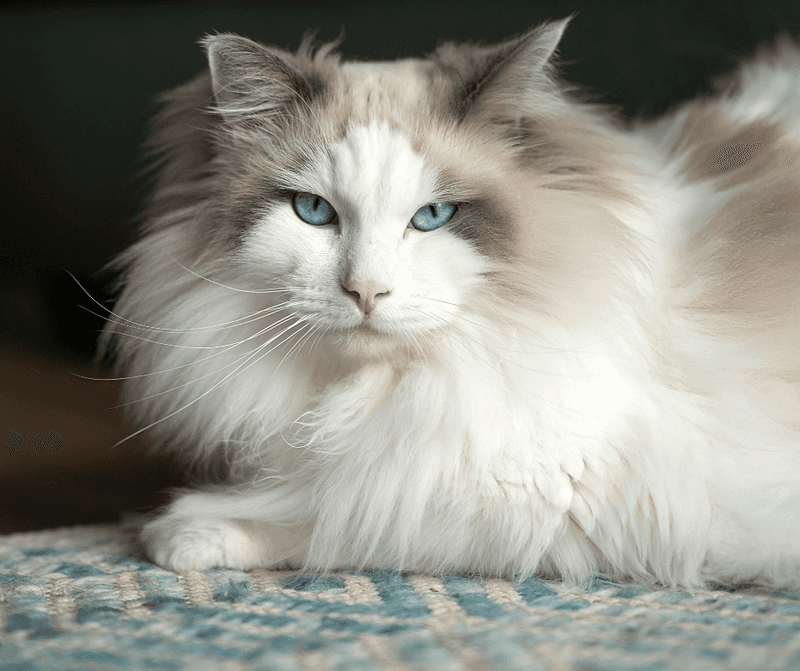
Named for their tendency to go limp when held, Ragdolls lack the self-preservation instincts most cats have. They’ll happily approach strangers or dangerous animals without fear.
This docile nature means they cannot safely go outdoors unsupervised. Their silky coats mat easily without regular grooming, and their large size requires more space than many urban apartments offer.
5. Maine Coon

Tipping the scales at up to 25 pounds, these gentle giants need serious space to roam. Their magnificent fur requires frequent brushing to prevent painful matting.
Maine Coons are incredibly social and suffer from loneliness when left alone. They also eat significantly more than average cats, making them budget-busters for apartment dwellers with busy schedules.
6. Siamese
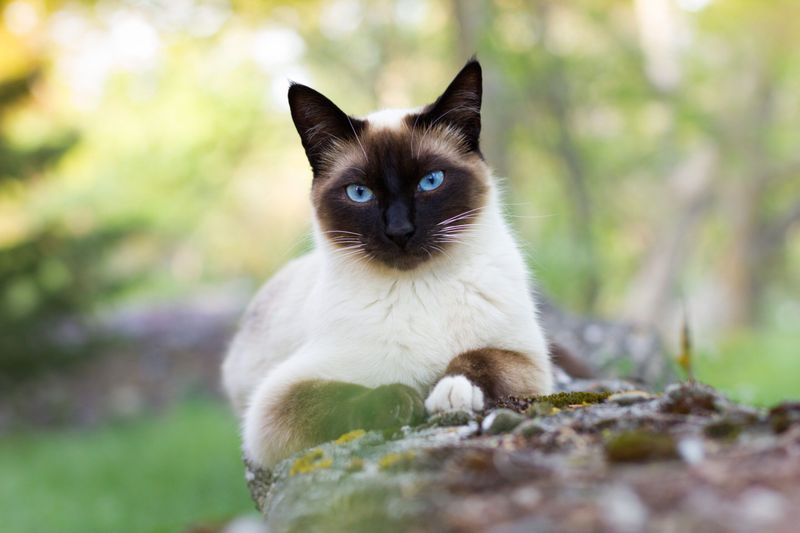
Forget peaceful mornings or quiet evenings! Siamese cats are famous for their loud, raspy voices that they use constantly to demand attention.
They form intense bonds with their owners and can become destructive when left alone. Their high intelligence means they need complex play and interaction daily. Without it, they’ll reorganize your belongings or create their own entertainment.
7. Bengal

Wild ancestry gives Bengals extraordinary energy levels and a powerful prey drive. They’ve been known to open doors, turn on faucets, and rearrange homes when bored.
These mini-leopards need climbing trees, puzzle toys, and interactive play sessions several times daily. Without proper stimulation, they become destructive and may develop behavior problems that overwhelm even experienced cat owners.
8. Abyssinian
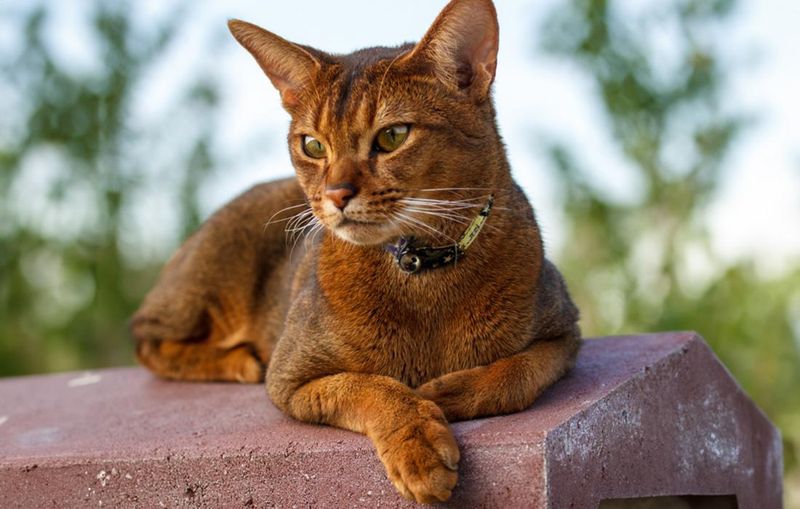
Forget cuddling up for movie night! Abyssinians are perpetual motion machines who rarely slow down for affection. Their independence can feel like rejection to owners seeking emotional connection.
They require extensive environmental enrichment and safe outdoor access to thrive. Their curious nature leads them to investigate everything, often resulting in knocked-over decorations and opened cabinets throughout your home.
9. Exotic Shorthair
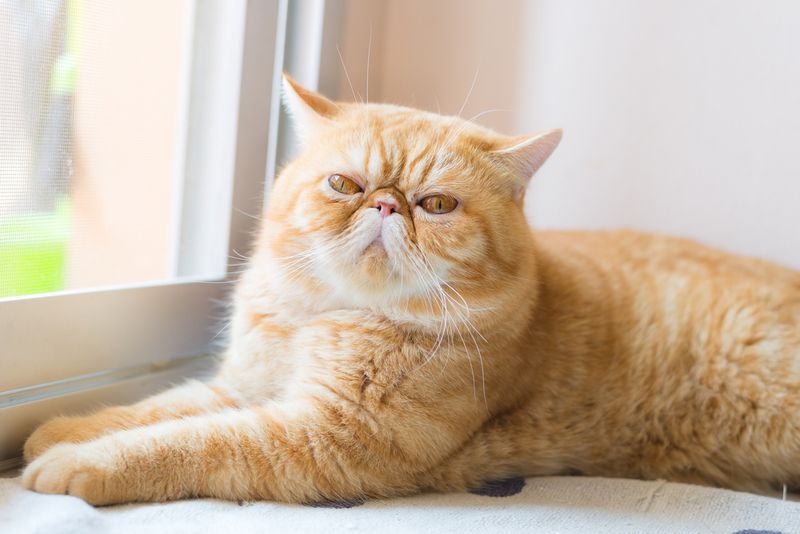
Despite their adorable smooshed faces, Exotic Shorthairs struggle with basic cat activities. Breathing difficulties make play sessions short and sometimes dangerous.
Their sedentary lifestyle leads to weight gain, further complicating health issues. The flat face that makes them Instagram-worthy also causes tear staining, skin fold infections, and dental problems that require specialized veterinary care throughout their lives.
10. British Shorthair
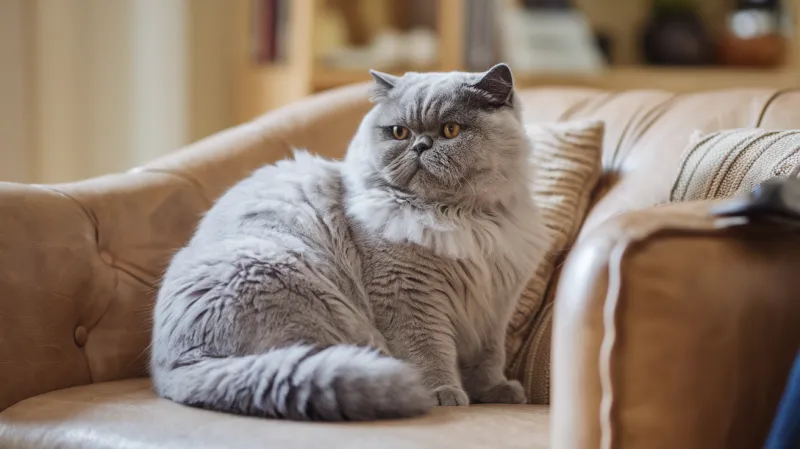
Looking for an affectionate lap cat? Keep searching! British Shorthairs prefer sitting near you rather than on you. Their reserved temperament can feel cold compared to more demonstrative breeds.
They dislike being carried and may actively avoid physical affection. While low-maintenance in terms of grooming, their emotional distance can disappoint owners seeking a cuddly companion, especially during their aloof teenage years.
11. Persian Himalayan
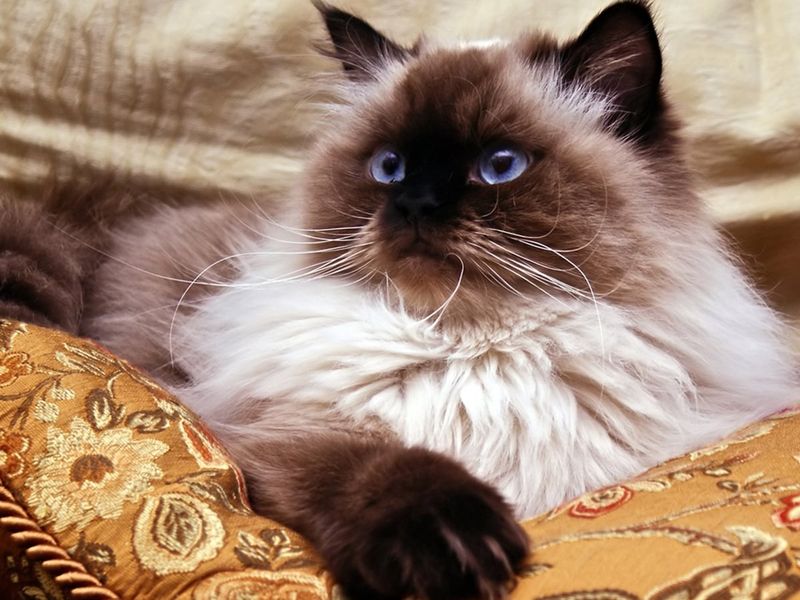
Himalayans combine the Persian’s flat face with Siamese coloring, creating a stunning but troubled breed. Their dense double coats require daily brushing to prevent painful matting.
Their squished faces lead to chronic respiratory problems, eye issues, and dental complications. The striking blue eyes that make them so popular can develop tear duct problems requiring daily cleaning to prevent skin infections and permanent staining.
12. Russian Blue
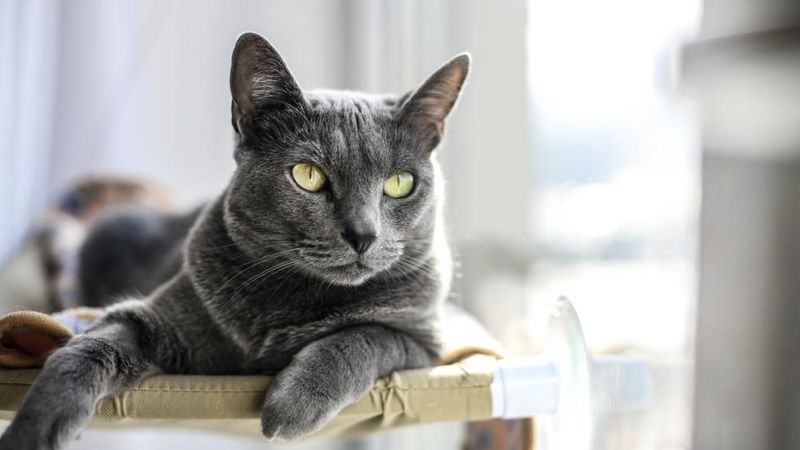
Russian Blues attach deeply to one person while giving everyone else the cold shoulder. This selective affection creates household tension when they ignore family members or visitors.
They’re notoriously skittish around strangers, often hiding during gatherings. Their sensitivity to environmental changes makes them poor candidates for homes with frequent visitors, varying routines, or planned moves in the future.


